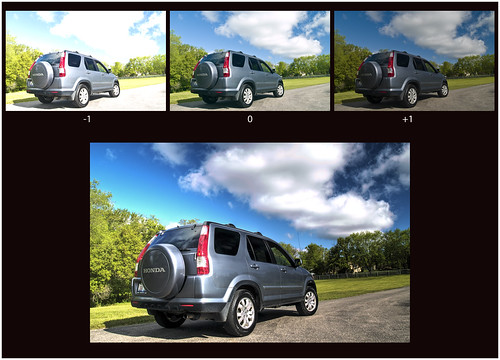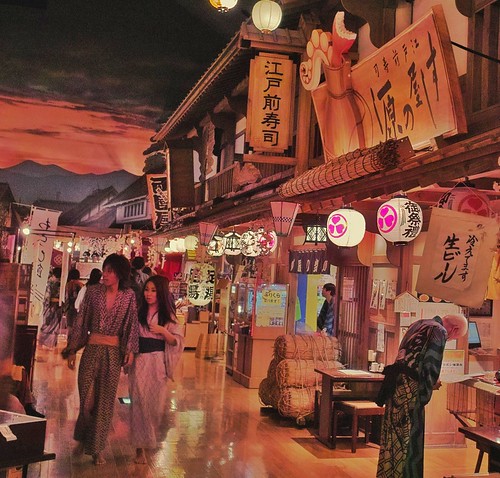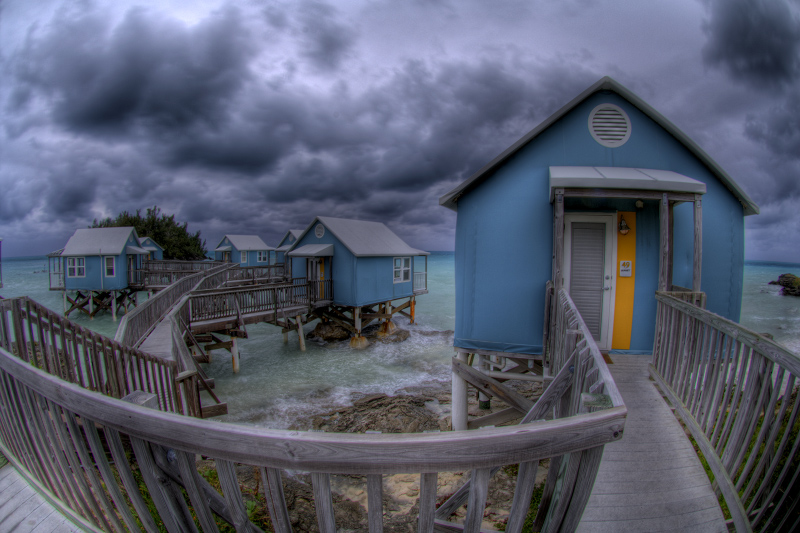Hmm. A bit off topic, but which SLR do you have? As far as D-SLR's, I only know of two in existence capable of 8fps at full resolution. The Canon EOS D7 and Nikon D2h.
I'm currently shooting a D300, which can do 8 FPS if you have an EL-4a battery installed in the vertical grip. The D700 can do the same, the D3 can do 9 and the D3s can do 11 if you turn off AF tracking. I'm pretty sure the current iteration of the Canon 1D is in the same neighborhood, but being a Nikon guy I don't keep that close track of what Canon is up to.
And I thought my D1 could blast 'em out at 4.5 per second...

True enough, you would have to hold the camera perfectly still for the whole sequence shot, but during daytime shooting, that shouldn't be overly tough. The lower the light, the more challenging it gets.
I brought frame rate into it because you'd have to hold the camera still from the start of the first exposure until the end of the last or the images won't line up. On the other hand, the short focal length will keep blur down and misalignment can be corrected for in software as at least one of the iPhone apps in the video you posted appears to do.
The pitfall with me is that I started shooting pictures as a kid in the mid 1970s, learned to do developing and printing not long afterward and will have been doing digital for a decade later this spring. I still do some things the old-fashioned way, even when they're more work and I know somewhere in the back of my head that we can do lots more stuff of this stuff in software.
Even with use of manual controls on DSLR and SLR cameras alike, the cameras rely on the user input to adjust settings... There is no physical way what-so-ever for a mechanical item to adjust settings to compensate for changing conditions. Therefor, there MUST be something within the app/api itself which controls it.
You're going on the assumption that the ability to manipulate those things is brought all the way out to a place where Android applications can get at it. Take a
look at the Android camera API (look at the Camera.Parameters class) and you'll see that there's a limited list of things an application can tweak, none of which cover exposure control.
My Eris runs HTC Sense, and its camera application has a "brightness" adjustment that does appear to adjust the pre-A/D gain up and down. What it doesn't do is adjust the metering according to where the focus point is, which is something the iPhone's camera does and is what makes applications like TrueHDR possible.. At any rate, this exposure adjustment is a Sense-specific feature, and even if you could write a program to use it (HTC isn't forthcoming with documentation or source code), it would only run on phones with Sense.
I'd be interested to know if the metering on phones running stock Android behave the same way.
The second thing I feel the need to point out is that ... it is just a phone camera.
You have a very good point. You're right; I was overcomplicating it. People do expect a lot more out of lower-end gadgets than they used to, and sometimes they deliver. I got the impression the OP (and you, actually) were after something where you could press the button, have the camera blast off three exposure-compensated frames and process them into a high-quality HDR image, all without any additional interaction.
Come to think of it, I'd love that myself.
--Mark















 I want a new Nikon sooooooo bad. I am still shooting with an Olympus E510 which is, in its own rights, a great camera... but I am a Nikon guy too. I went with the Oly because for the price range ($500), it had better manual controls, better quality build, more features, and much better glass than anything in its range. My next camera will be a Nikon, though. (Back to Nikons.
I want a new Nikon sooooooo bad. I am still shooting with an Olympus E510 which is, in its own rights, a great camera... but I am a Nikon guy too. I went with the Oly because for the price range ($500), it had better manual controls, better quality build, more features, and much better glass than anything in its range. My next camera will be a Nikon, though. (Back to Nikons. 






